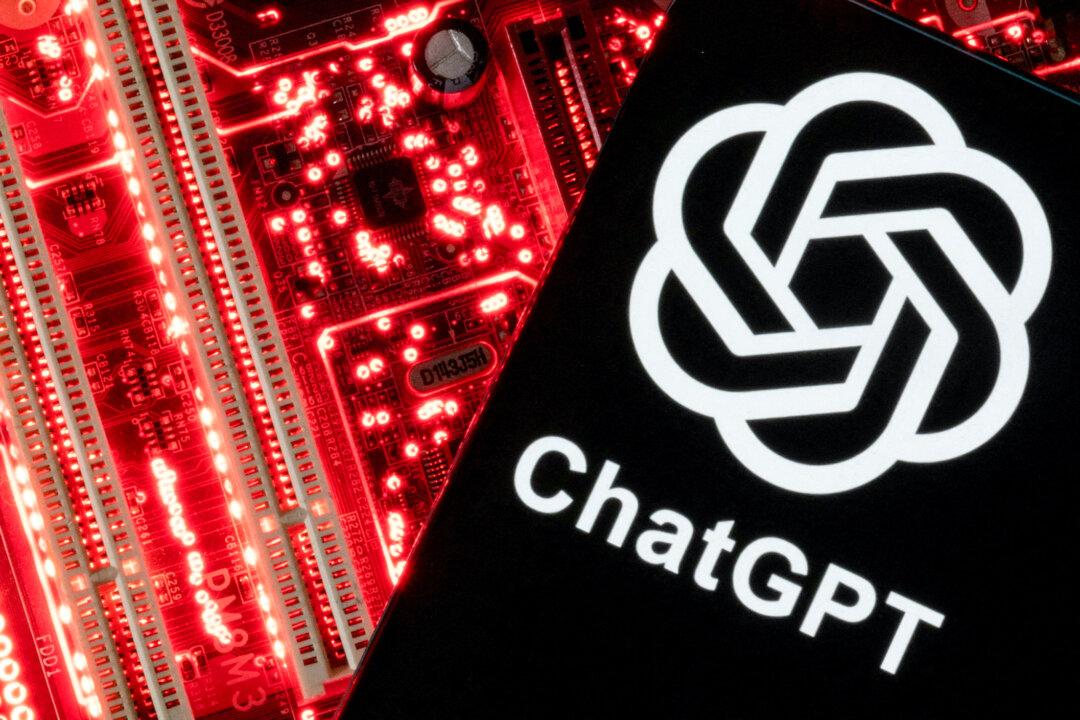Commentary
The explosive adoption of the AI language model ChatGPT has been accompanied by a proportionate increase in alarmist assessments of the dangers of artificial intelligence. The alarm is sounding across the political spectrum, from The New York Times to Steve Bannon’s War Room, with concerns ranging from widespread job losses to more effective disinformation campaigns to facilitating oppression by authoritarian regimes to the very destruction of the human race.






